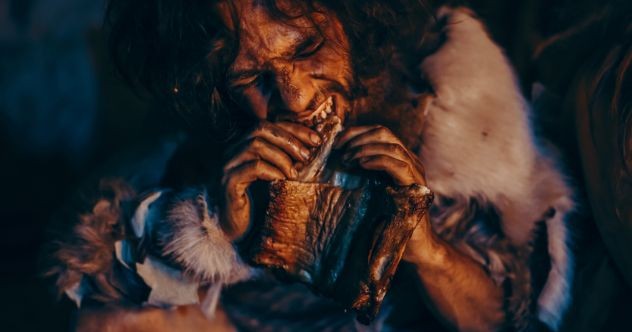Now Reading: 10 Fascinating Cultural Traditions from Ancient History
-
01
10 Fascinating Cultural Traditions from Ancient History
10 Fascinating Cultural Traditions from Ancient History

Rapid Summary
- War Cannibalism: Prehistoric Magdalenians, 18,000 years ago, practiced war cannibalism by eating the bodies and brains of their enemies during periods of resource scarcity.
- Ancient Axe workshop: A 1.2-million-year-old handaxe workshop in Ethiopia revealed organized toolmaking involving social cooperation and planning among early humans.
- Ear Surgery Evidence: A 5,300-year-old skull from Spain shows evidence of ear surgeries performed to address middle ear infections using primitive tools and cauterization techniques.
- Dietary Practices: neanderthals may have consumed spoiled meat rather than fresh meat, creating false indications of a hypercarnivorous diet in skeletal chemical analyses.
- Clothing Timeline: Human clothing originated around 170,000 years ago as suggested by adaptations in lice species. body hair loss occurred millions of years prior.
- celtic ritual spoons: Strawberry-shaped Celtic spoons from over 2,000 years ago may have been used for divination via liquid application revealing the future.
- Cheek Piercings: Ice Age europeans wore labret piercings that caused tooth wear patterns; these may have symbolized tribal affiliation starting as young as age ten.
- House Mice vs Field Mice: Fossil evidence shows human settlements dating back to hunter-gatherer camps correlated with ecological dominance by house mice over field mice due to habitation shifts during times with stable resources.
- Language Effects on survival: Neanderthals lacked cognitive abilities related to metaphorical thinking due to differences in brain structure compared to Homo sapiens, which likely contributed to their extinction circa 40,000 years ago.
- Tooth Ablation Practices in Taiwan: Nearly 5,000 years ago in ancient Taiwan people removed front teeth for aesthetic purposes or cultural signaling coinciding with agricultural progress.
Indian Opinion Analysis
These findings offer key insights into humanity’s evolutionary journey both biologically and culturally. For India-a country steeped similarly in diverse ancient traditions-they highlight the importance of interdisciplinary efforts like archaeology and anthropology for understanding deep-rooted cultural practices. The evidence linking brain structure variations between Neanderthals and Homo sapiens underscores how cognitive advancements such as language usage might shape civilizational survival-a point relevant even today when technology and dialog dictate societal progress.
india could draw parallels between prehistoric innovation (e.g., Ethiopian axe workshops) and early craftsmanship found within sites like Mehrgarh or Lothal.Advances such as lice-based dating enrich methodologies India can employ toward analyzing its own cultural artifacts spanning millennia.On a cautionary note regarding ecological impact observed through house mouse evidence-the interplay between human settlement patterns seen globally resonates locally amid debates about urbanization’s effects on biodiversity across regions like Western Ghats or Sundarbans.
Lastly reflecting collective shared deeper age yet present traits binds-skills-functions legacy tribes-reader forward balancing preservation sciences spectacle curiosity self-transformation awaken!
























